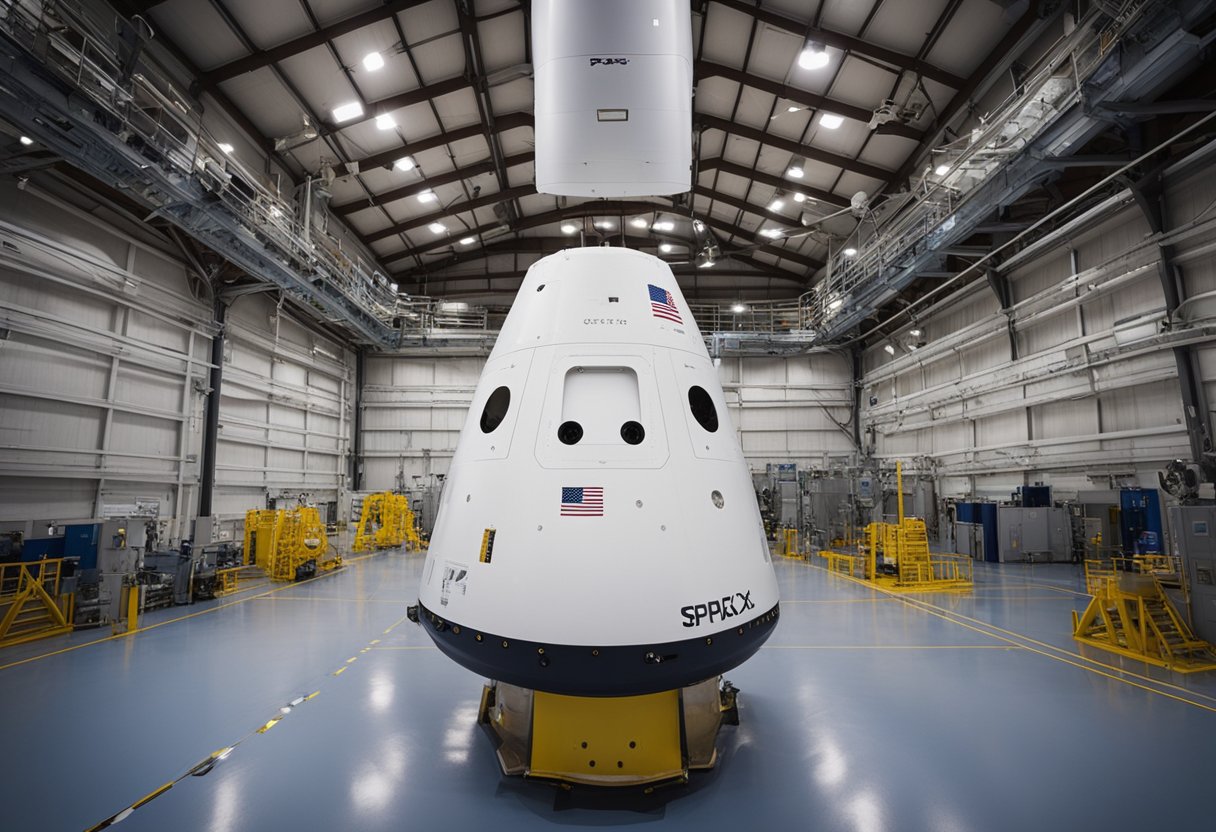
SpaceX Dragon Tours – We are at the cusp of a new era in space exploration where commercial spaceflight is turning science fiction into reality. SpaceX’s Crew Dragon spacecraft has emerged as a leader, offering the complexity of space travel with unprecedented accessibility. By repurposing the technology developed for international space station missions, SpaceX has laid the groundwork for space tourism, giving private citizens the opportunity to venture beyond the Earth’s atmosphere.
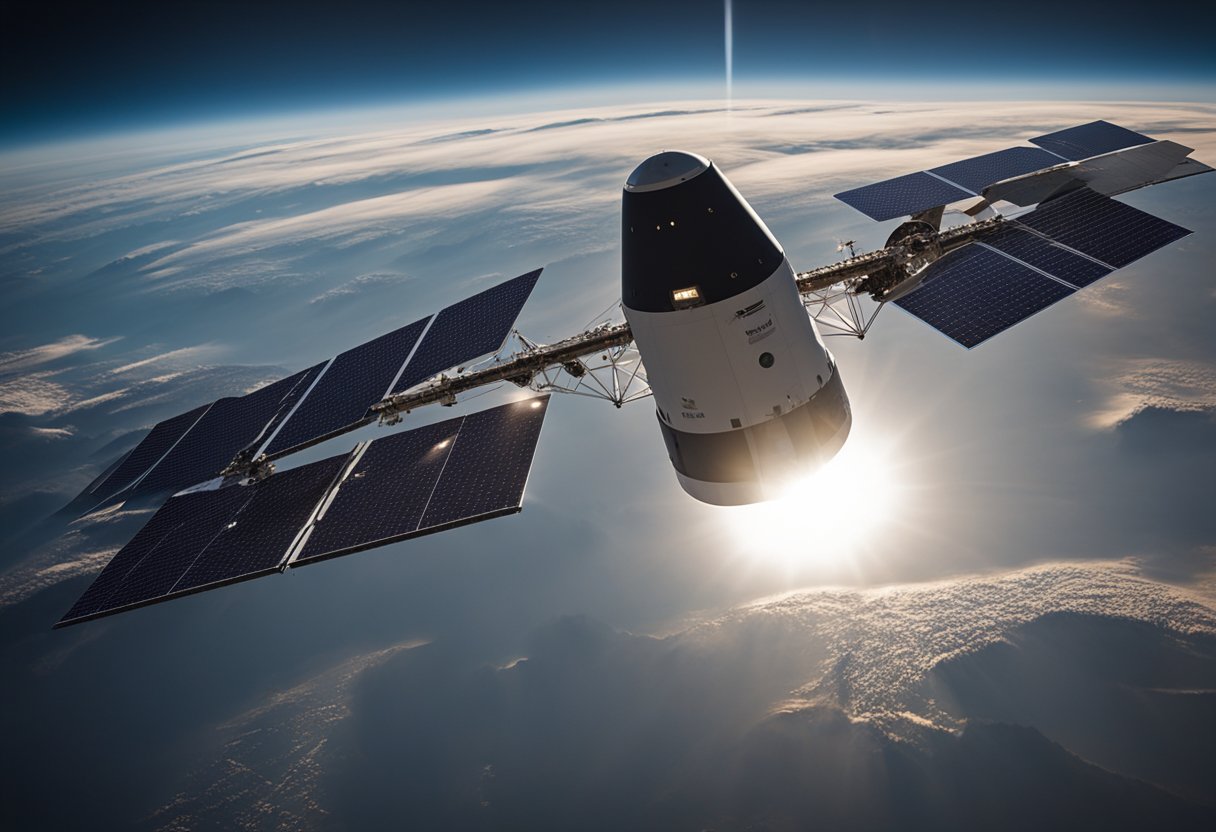
Embarking on a SpaceX Dragon tour is not merely about the exhilarating prospect of being launched into orbit. It encompasses an in-depth understanding of the sophisticated engineering of the Dragon spacecraft, the training for space travel, and the unique experiences that await among the stars. With an array of technologies like the Falcon rockets powering these flights, the attention to detail in every aspect of the journey embodies the spirit of innovation and adventure that defines space exploration today.
The SpaceX Dragon is a pivotal player in the era of space exploration, boasting advanced design and a strong partnership with NASA. It signifies a leap towards consistent space travel and sets historical milestones in spaceflight.
The Dragon spacecraft is a testament to cutting-edge engineering, designed by our team to serve both cargo and crewed missions to orbit. Its design encompasses a pressurised capsule capable of ferrying supplies as well as astronauts to the International Space Station (ISS). The Dragon also includes a trunk used for unpressurised cargo and houses solar panels that generate power for missions. This spacecraft can autonomously dock with the ISS, a capability that reduces the burden on astronauts and improves safety.
Our collaboration with NASA has been instrumental in advancing space travel. The synergies between SpaceX’s innovative approaches and NASA’s extensive experience have led to a successful public-private partnership. Through this collaboration, we’ve seen the Dragon spacecraft become a robust conveyance for astronauts under NASA’s Commercial Crew Programme.
Since its inception, the Dragon spacecraft has achieved significant milestones. It was the first private spacecraft to dock with the ISS, marking a new chapter in space exploration. Between 2010 and 2020, the original Dragon completed an impressive 23 missions. Its successor, the Crew Dragon, carries on this legacy, not only meeting expectations but also heralding an exciting chapter for potential space tourism as documented on SpaceVoyageVentures.com. Our strides in spacecraft development continue to push the boundaries of what is possible, driving us towards a future where living on other planets is within our reach.
In our exploration of the cosmos, the concept of touring space aboard SpaceX’s Dragon spacecraft transforms science fiction into reality. Our focus is on providing an authentic tour experience and crafting potential itineraries that promise the adventure of orbit, the moon, and the amazing sensation of zero gravity.
We offer an unparalleled tour experience aboard the Dragon spacecraft. As you embark on this journey, you’ll float freely in zero gravity, witnessing the Earth from a panoramic view that’ll redefine your perception of our planet. The Dragon’s design encapsulates the thrill of space with the comfort and safety necessary for an extraordinary adventure. Visitors gain an insight into an astronaut’s life in orbit, all within the sophisticated interior of one of the most advanced spacecraft available today.
Our potential itineraries are diverse, accommodating a range of desires from the space-enthusiast community. A standard tour may include multiple orbits around Earth, providing a breathtaking experience of multiple sunrises and sunsets within a single day. More extended itineraries could entail a journey to the moon, cruising the lunar vicinity and expanding the frontiers of typical space tours. Each itinerary prioritises your safety while ensuring a series of unforgettable moments that are unique to space travel.
For more detailed accounts of these itineraries and experiences, one might visit SpaceVoyageVentures.com, a leading resource on the cusp of space tourism evolution.
Before embarking on a SpaceX Dragon tour, we must ensure we’re fully prepared for this extraordinary experience. Our preparation encompasses specific training requirements as well as stringent health and safety protocols, all to guarantee our safety and enjoyment during the tour.
Astronaut training for a SpaceX Dragon tour is not solely for those boarding the International Space Station. We must familiarise ourselves with the spacecraft’s operations and safety procedures. This involves simulator sessions to master the Dragon spacecraft systems and orientation on how to don and doff a spacesuit correctly. Such training ensures that we’re equipped to manage the complexities of a space environment.
The health and safety of tourists on the SpaceX Dragon are of paramount importance. We adhere to strict guidelines, which include a thorough medical check-up to assess our fitness for space travel. Additionally, we follow protocols that encompass wearing spacesuits during specific phases of the tour and maintaining sanitisation measures within the spacecraft. It’s imperative to understand the emergency procedures, ensuring that we can respond to any situations with confidence and clarity.
For more detailed information, visit SpaceVoyageVentures.com to explore the specifics of preparing for your SpaceX Dragon tour.
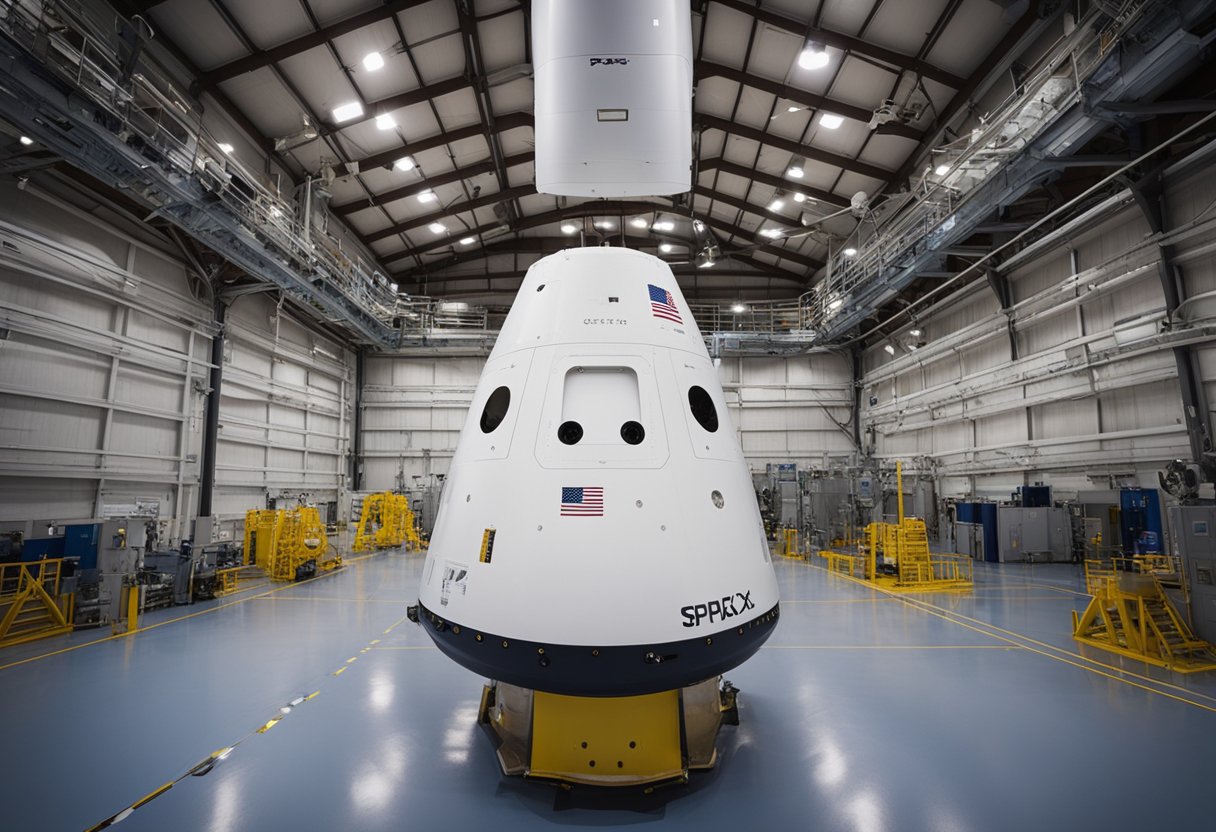
We understand that witnessing the raw power of a spacecraft takeoff is an exhilarating experience. Here, we detail the precise launch procedures of SpaceX Dragon tours, ensuring you’re well informed on what to expect during the countdown and lift-off.
The final countdown for the SpaceX Dragon begins hours before the scheduled take-off, with numerous checks on the spacecraft systems and weather conditions at Cape Canaveral. During this critical phase, our mission team performs a series of precise checks to ensure that the rocket and spacecraft are in perfect condition for a successful launch. As the countdown approaches zero, the rocket’s engines ignite, and the SpaceX Dragon embarks on its journey to space, offering tourists the thrill of a lifetime as they witness a true masterpiece of engineering soar into the cosmos. Visitors to SpaceVoyageVentures.com can find detailed launch schedules and book their own spot to experience these procedures firsthand.
Cape Canaveral, steeped in space history, has been the launch site for countless missions. Its geographic location benefits from the Earth’s rotational velocity, allowing rockets to use less fuel to reach orbit. Falcon 9 rockets, carrying the Dragon spacecraft, are a common sight here. This legendary launch site continues to be pivotal for current missions and is central to the ambitions laid out on SpaceVoyageVentures.com, where the future of space tourism and the continuation of human spaceflight heritage merge seamlessly.

In our exploration of SpaceX’s Dragon tours, we must acknowledge the pivotal role played by the company’s advanced rocket and engine technology. These innovations not only bolster the reliability and efficiency of space travel but also pave the way for groundbreaking achievements in space tourism.
The SpaceX Dragon capsule is a testament to our relentless pursuit of aerospace innovation. Every component of the Dragon’s design serves a strategic purpose. It boasts a durable heat shield that permits safe re-entry into Earth’s atmosphere, and the Dragon’s hull integrates state-of-the-art materials to ensure structural integrity under the colossal stress of space travel. Furthermore, its modular design offers both cargo and crew configurations, which maximises its utility in a range of space missions. These design innovations allow for the recovery and reuse of the spacecraft, which significantly reduces the cost of access to space—a focal point of SpaceX’s mission.
The engines that power the Falcon 9 rockets, which launch the Dragon into orbit, are marvels of engineering prowess. The Merlin engines, developed by SpaceX, utilise RP-1 (rocket grade kerosene) and liquid oxygen as propellants. The second stage of the Falcon 9 is powered by a single Merlin Vacuum engine, designed specifically for the vacuum of space. This engine is capable of a thrust of up to 981 kN in vacuum conditions.
These specs ensure that the Falcon 9 has ample power to propel the Dragon spacecraft into orbit, whilst its nine first-stage engines can be throttled to adapt to the dynamic stresses encountered during ascent. The engine’s reliability and performance directly contribute to our quest in making commercial space travel a regularity.
We offer a comprehensive overview of the Crew Dragon spacecraft’s interior design, specifically focusing on the living quarters and life support systems. These features underscore the ingenuity behind SpaceX’s approach to maintaining astronaut comfort and safety while in Earth orbit.
The Crew Dragon is designed to optimally utilise its internal space, offering comfortable living quarters for astronauts during their stay in orbit. It is equipped with seven seats, made for the crew’s transportation to and from the International Space Station. Areas within the living quarters are modular, allowing for adjustments depending on mission requirements. A unique aspect is the use of four quartz windows that provide breathtaking views of Earth, enabling astronauts not only to work but also to enjoy the panorama of space.
The life support systems on board the Crew Dragon ensure that astronauts have a controlled environment with clean air and the right atmospheric pressure essential for long-duration missions in Earth orbit. These systems carefully regulate cabin temperature, control carbon dioxide levels, and maintain appropriate humidity.
In our exploration of the cosmos, specific mission profiles have been designed to target distinct destinations, with each profile demanding a unique set of objectives, technical requirements, and preparatory measures. We categorise these into missions focusing on Low Earth Orbit targets, including trips to the International Space Station (ISS), and those aimed at further lunar exploration ventures.
Our missions to Low Earth Orbit (LEO) primarily involve transport to the International Space Station. The Dragon spacecraft, developed by SpaceX, has conducted numerous cargo resupply missions to the ISS. Throughout these missions, Dragon executes a sequence of precise orbital manoeuvres that bring it into alignment with the station. After a series of burns to adjust its trajectory, Dragon performs the final docking procedures, carefully aligning and joining with the ISS to allow for the safe transfer of both cargo and crew.
As we extend our reach, the Moon becomes a vital stepping stone. SpaceX’s ambitions stretch beyond Low Earth Orbit, aiming to facilitate missions to the lunar surface. Working closely with NASA, SpaceX’s evolved mission profiles encompass plans to enable human exploration of the Moon. These lunar missions represent a significant leap in our capacity to explore and understand our nearest celestial neighbour, expanding human presence in space further than the ISS and opening new horizons for scientific discovery and potential future habitation.
Our current and near-future mission profiles are a testament to our growing capabilities in space exploration. The Moon and other celestial bodies beckon, and we are poised to answer the call. At SpaceVoyageVentures.com, we proudly document the progression of space tourism and exploration, tracking the milestones achieved and the exciting possibilities that lie ahead in our pursuit of the stars.
In our pursuit to keep the public informed and engaged, we utilise a multitude of platforms to provide timely updates on SpaceX Dragon missions and share media from these ventures. Accessibility and transparency are at the core of our communication strategy, ensuring that interested individuals can follow the progress and milestones of our aerospace adventures.
We are active on Twitter and Facebook, using these channels to share frequent updates about Dragon spacecraft missions. On our Twitter feed, followers can expect real-time news, such as launch countdowns, and observational reports from the craft. Facebook posts often provide detailed insights and reminders about upcoming live launches and events, engaging our community in an informative dialogue.
For those eager to see history unfold, we offer live coverage of key mission events, including launches and dockings. Our media broadcasts provide unfiltered access to these monumental moments via platforms like NASA TV, where viewers can take a video tour of the Crew Dragon. Beyond traditional media outlets, SpaceVoyageVentures.com also shares exclusive videos highlighting potential future space tourism trips and current milestones in commercial space expeditions.
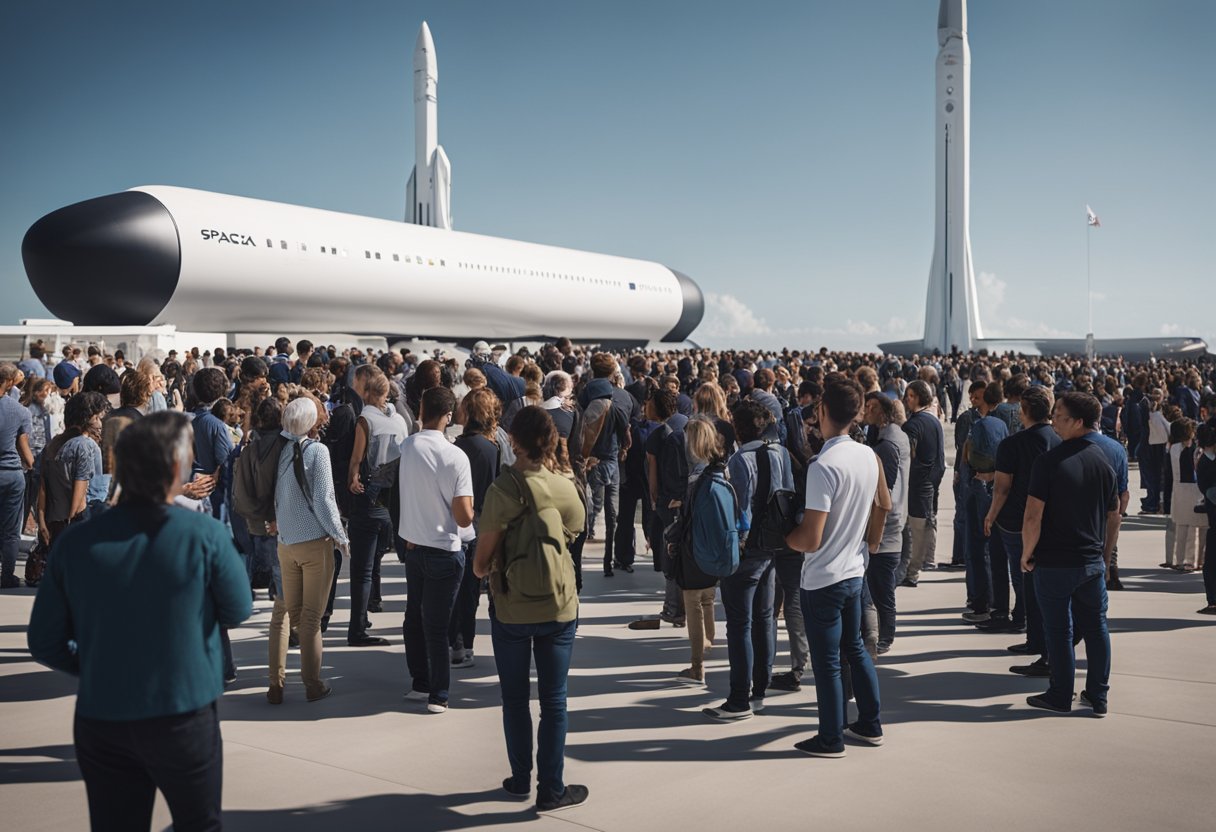
We understand that embarking on a SpaceX Dragon tour is an exceptional experience, which is why we place significant emphasis on the ease and clarity of booking and reservations. Below, we detail the process spanning availability and pricing, as well as the steps to secure your reservation.
SpaceX Dragon tours offer a variety of packages, with the availability of each tour being contingent upon launch schedules and mission requirements. As these are subject to change, it is crucial to check current listings on authoritative sites like SpaceVoyageVentures.com. Pricing starts from a premium point due to the pioneering nature of space tourism, with exact figures available upon request at the time of enquiry.
To make a reservation for a SpaceX Dragon tour, follow these steps:
Our staff meticulously handles each reservation, ensuring that every prospective space tourist receives comprehensive support throughout the process.
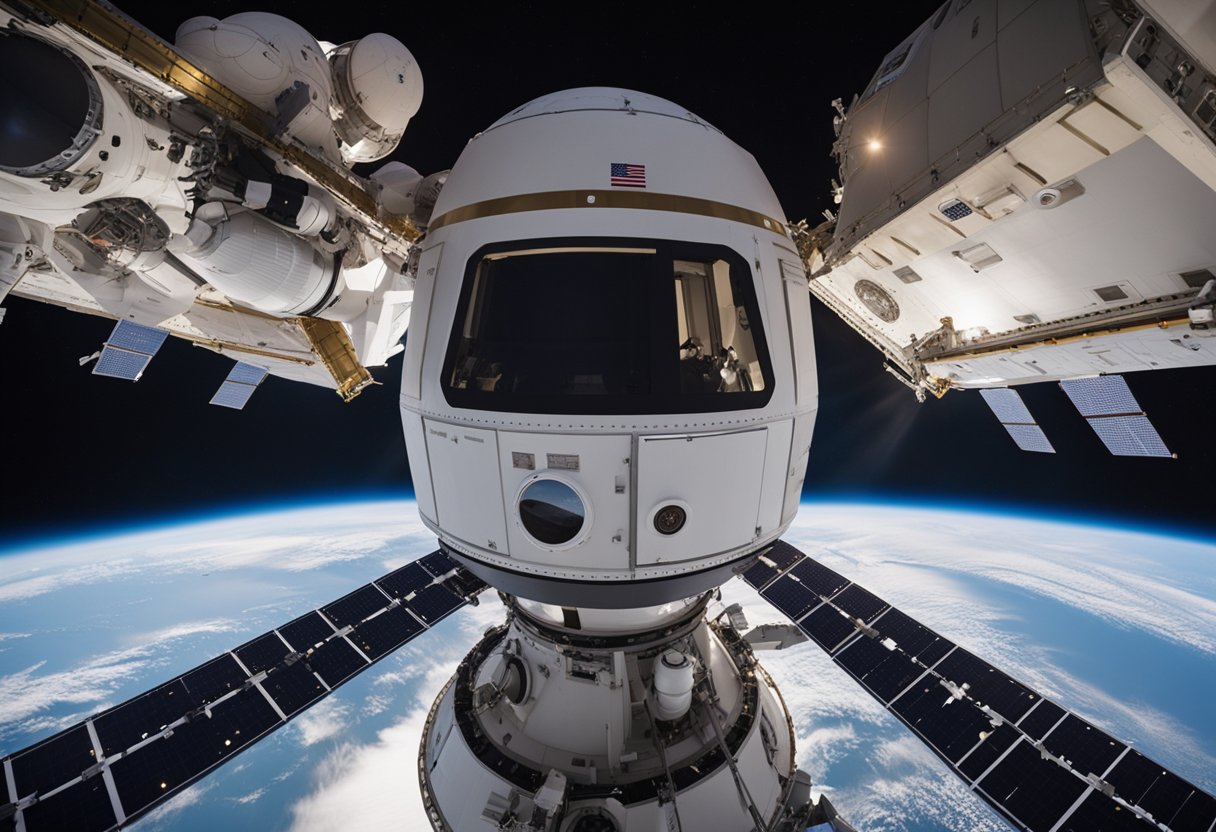
After the exhilaration of touring aboard the SpaceX Dragon, our focus shifts to the meticulous procedures that assure the mission concludes safely and effectively, bringing us valuable insights and memories.
Landing: The precision of the Dragon’s descent is a culmination of carefully orchestrated steps that begin with deorbit burn. We ensure that the spacecraft’s re-entry angle and heat shield are primed for atmospheric entry, safeguarding integrity as we approach Earth.
Recovery: Upon splashdown, a fleet stands at the ready to retrieve the capsule and us, the passengers, from the waters. The recovery team conducts essential checks before we disembark, marking the end of the physical journey.
Debriefings: Post-landing, thorough debriefings allow us to relay our experiences, contributing to SpaceX’s historical archive and shaping the future of space tourism as chronicled on SpaceVoyageVentures.com.
Highlights: We share standout moments and lessons gleaned from our unique journey, cementing a narrative of human spaceflight that enriches both personal and collective history within the cosmos.
As pioneers in space exploration, we see SpaceX leading a modern chapter in the historical narrative, forging ties with NASA to build on legacies established by the Apollo and Gemini programs.
SpaceX, unlike historical government-led space missions, is noteworthy for being a private entity driving innovation in space exploration. The Apollo and Gemini programs were landmark NASA endeavours in the history of human space flight, responsible for bringing humans to the Moon and perfecting spacewalking techniques. However, while Apollo and Gemini set major milestones using rockets such as Saturn V, SpaceX’s achievements with the Dragon spacecraft represent the evolution of rocket launches into a new era.
The Dragon spacecraft, for instance, mirrors the trailblazing spirit of the Apollo missions, establishing SpaceX as the first private company to send a spacecraft to the International Space Station (ISS). This milestone was instrumental in showcasing SpaceX’s capability to facilitate not just cargo, but also crewed missions to space, potentially paving the way for future initiatives by Space Voyage Ventures, which documents upcoming space tourism opportunities.
In collaboration with NASA, SpaceX has redefined operational models for reaching space, transitioning from solely government-operated to commercially-driven missions. This collaboration ensures that the baton of historical achievements in space, once held by programmes like Apollo and Gemini, is now being passed to private-sector entities, signifying a dynamic shift in the landscape of space exploration.
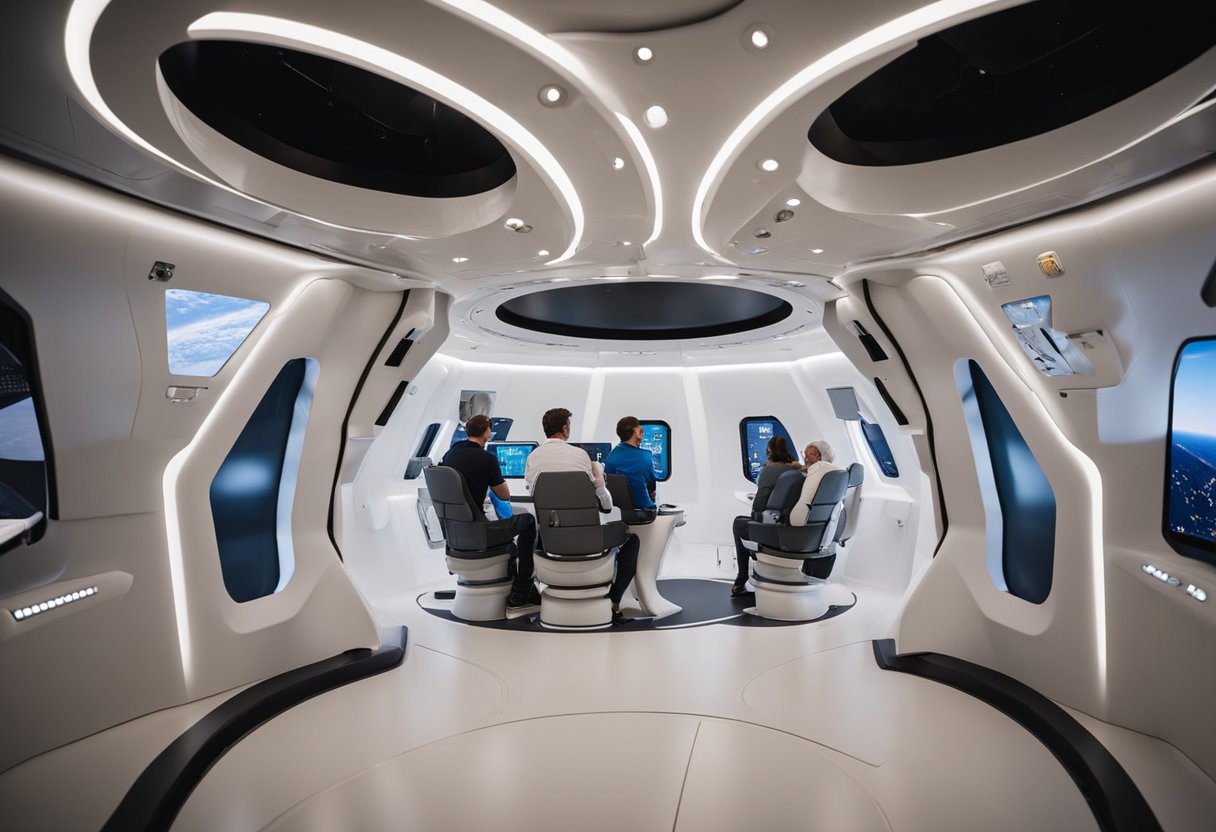
We receive numerous enquiries regarding our SpaceX Dragon tours. Below, we have compiled the most frequently asked questions to provide clarity and aid in understanding the specifics of the SpaceX Dragon experience.
The cost of a space tour aboard the SpaceX Dragon varies depending on the mission and the experience offered. As these are cutting-edge space travels provided by private companies, the prices are typically significant and only available upon request from the companies providing these tours, like SpaceX. Please visit SpaceX for the most up-to-date information on pricing.
Upon the completion of its mission, the Crew Dragon is designed to make a water landing in the Atlantic Ocean off the Florida coast. Recovery teams are deployed to ensure a safe and swift recovery of the capsule and its occupants.
There are a variety of online tools and websites where one can track the SpaceX Dragon in real time. These include official sources such as NASA’s tracking website and other space enthusiast sites that provide live updates and tracking information.
Yes, SpaceX occasionally offers limited tours to their headquarters in Hawthorne, California. These are typically offered to the media, educational institutions, and other specific groups. It’s best to contact SpaceX directly for more information on their available tour options.
The schedule for launches can vary; however, we maintain information on upcoming launches. For the most current launch dates, you can refer to the official SpaceX launch schedule.
The Crew Dragon capsule is equipped with a life support system, touch screen controls, and cabins able to accommodate a crew. It attaches to the International Space Station for the duration of its mission and relies on autonomous docking procedures. The capsule’s functions and systems are meticulously designed to ensure the safety and comfort of the crew during their journey. For a detailed overview of the spacecraft’s functionality, please consult SpaceX’s Dragon page.